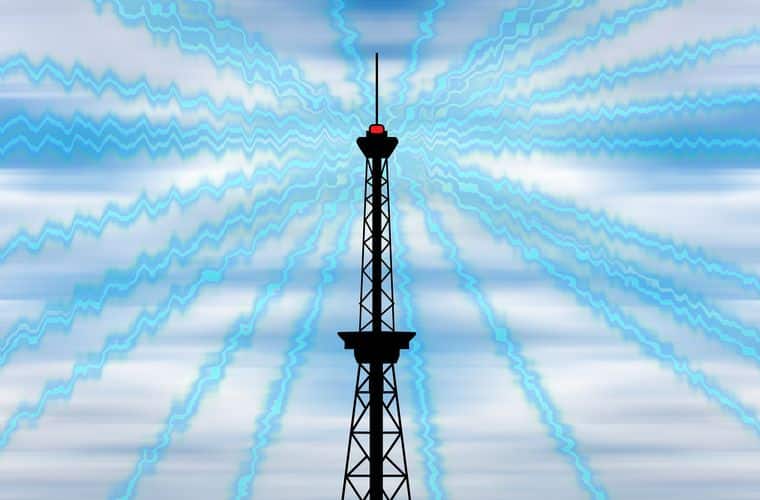Producing energy from radio waves may seem like something out of a science fiction book. However, a group from the University of South Florida has developed a device which could do just that, according to the researchers.
The device, a specialized metasurface antenna that can absorb radio waves and convert them into energy, has the potential to change the energy sector as a whole.
From radio waves to electricity: how does it work?
Researchers have been trying to capture energy from radio waves for years. It's not a simple procedure and can cost more energy going in than going out. As technology that makes use of ambient radio waves, such as Wi-Fi, GPS, Bluetooth, or cell phone networks, advances, more radio waves are collected. There have also been advances in metamaterials (particular types of materials designed to have properties not found in natural materials). Together, these two factors make it entirely possible to turn radio waves into energy in a sustainable way.
To generate its own antenna, the researchers of the University of South Florida they used a metamaterial that has a high absorbance of radio waves and allows a greater flow of electrical current. This improved the antenna's energy efficiency, a first step in converting low-intensity waves into electrical energy. “The technology could also be adapted to provide a radio wave source that powers or charges devices in a room,” he explains Clayton Fowler, a member of the team that worked on the development of the antenna.

Tests of the energized radio wave antenna
To test the antenna, the researchers measured the amount of energy collected by a radio source between 0,7 and 2,0 GHz. The team then changed the frequency of the radio waves to see if this affected the amount of energy collected.
Their tests found that the antenna could harvest 100 microwatts of power from radio waves at an intensity equal to that experienced 100 meters from a cell phone tower. “We also placed a cell phone very close to the antenna during a phone call,” he says Jiang Feng Zhou from the University of South Florida. “Although it would be more practical to harvest energy from cell phone towers, our antenna still demonstrated the ability to capture energy.”
Goodbye cables and energy in motion
Researchers think this device's unique capability could spark a huge change in the energy industry.
“By eliminating wired connections and batteries, these radio wave energy antennas could help reduce costs, improve reliability and make some electrical systems more efficient,” says Zhou.
They would be useful for powering smart home sensors such as those used for temperature, lighting and motion, or sensors used to monitor the structure of buildings or bridges, where replacing a battery is difficult, sometimes impossible.
This antenna can also be built to be more portable, allowing for better electricity harvesting while on the go or in the background with smart devices. In summary? More efficiency and sustainability.


